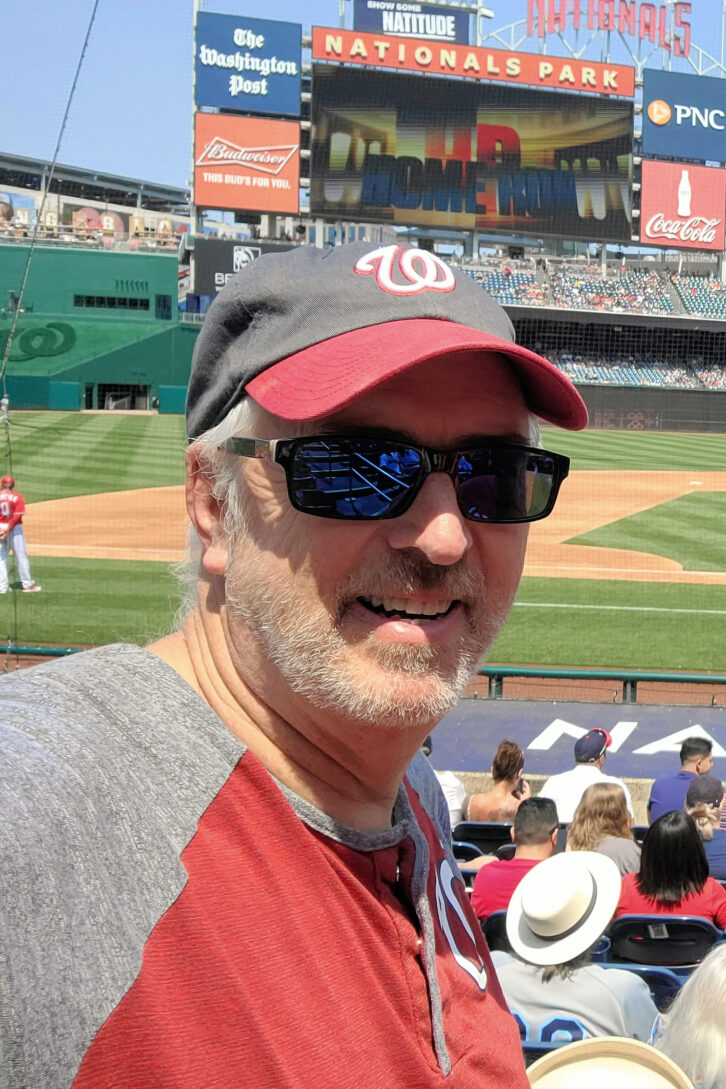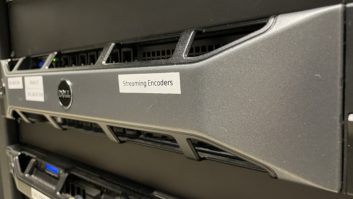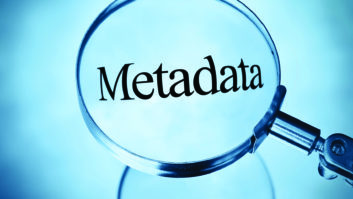David Layer is vice president, advanced engineering in the NAB Technology department. Now in his 29th year at the association, he focuses on radio technology and radio technical standards setting.
He serves as a project manager for technology projects conducted by NAB’s PILOT innovation initiative and is principal administrator of the NAB Radio Technology Committee.
This interview is excerpted from the ebook “Maximizing Your AM Infrastructure.”
Radio World: What new types of products or other technologies have become available recently to help AM broadcasters improve their systems or their product?

David Layer: AM broadcasters need to get on board the “metadata bandwagon” if they haven’t done so already. While analog AM signals do not support metadata, other signals in wide use by AM broadcasters do. These include re-broadcasts of AM content on FM-band HD Radio multicast channels and FM translators, as well as the streaming audio versions of AM programs (and most AM broadcasters make streaming audio versions available to listeners).
In many markets, use of metadata by broadcasters is too low (50% or less) and this needs to change for AM radio to compare more favorably with other audio services with respect to use of metadata — station logos, program information, etc.
RW: How realistic is it that U.S. broadcasters would adopt all-digital HD Radio?
Layer: Certainly the MA3 adoption rate has been slow, and conventional wisdom holds that this is primarily due to not enough digital receivers in the marketplace to make this a compelling service for broadcasters. While some markets have higher digital receiver penetration — for example, according to Xperi, over 40% of all vehicles in NYC have digital radio — most markets are at 30% or less. What this means is that stations going all digital would lose access to the majority of AM radios.
One way to lessen this impact is for the all-digital AM station to broadcast their programming on an FM translator signal which, while not in the AM band, will be receivable on analog-only radios. Currently, about six out of 10 new cars sold in the U.S. have factory installed HD Radio, so penetration is slowly rising as older cars are replaced. There could be an inflection point for more broadcasters at some point in the future to make the decision to broadcast all-digital MA3 Radio when penetration rates are higher.
RW: What can be learned from how AM radio is used in other countries?
Layer: AM services outside of the United States are by and large on the decline with some exceptions, most notably Canada and Australia, which like the U.S. have millions of listeners who rely on AM.
This creates challenges in the automotive entertainment sector as automakers build cars for global markets and the demand globally for AM radio is on the decline. This is why NAB has as part of its auto initiative mission to engage with automakers and make sure they realize the importance of AM.
It’s telling, I think, that many of the automakers electing to remove AM radio are based in Europe, where AM services are not widely used, so this communication about the importance of AM is especially important for European automakers.












